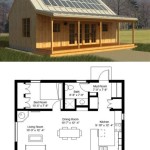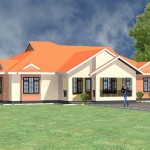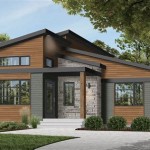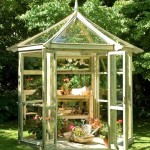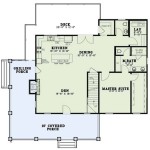Essential Aspects of Wood Duck House Plans Minnesota
Wood duck houses are an essential tool for managing wood duck populations in Minnesota. These structures provide nesting sites for the birds, which can help to increase their numbers and ensure their long-term survival. When designing and building wood duck houses, it is important to consider several key factors to ensure that they are safe, effective, and durable.
Location and Placement
The location of a wood duck house is critical to its success. The house should be placed in a quiet area with good visibility and easy access to water. Avoid placing the house near human activity, predators, or sources of pollution. The house should be mounted on a post or platform that is at least 4 feet above the ground and facing east or southeast to receive morning sun.
Size and Design
The size and design of a wood duck house should be appropriate for the species. Wood ducks typically prefer houses that are 10-12 inches wide, 12-14 inches deep, and 16-18 inches tall. The house should have a slightly sloped roof to prevent water from pooling inside. A 3-inch diameter entrance hole should be placed 10-12 inches above the floor of the house.
Materials and Construction
Wood duck houses should be constructed of durable materials that can withstand the elements. Cedar, redwood, and cypress are all good choices for wood duck houses because they are rot-resistant and weather-resistant. The house should be built with screws or nails, and all seams should be sealed to prevent water from leaking in.
Predator Protection
Wood duck houses should be designed to protect the eggs and young from predators. The entrance hole should be small enough to prevent raccoons and other predators from entering the house. A predator guard can also be installed around the entrance hole to further deter predators.
Maintenance
Wood duck houses should be inspected and cleaned regularly to ensure that they are in good condition. The house should be cleaned after each nesting season to remove any nesting material or debris. The entrance hole should also be checked for any obstructions.
Monitoring
Wood duck houses should be monitored regularly to track their success. The number of eggs laid, hatched, and fledged should be recorded to evaluate the effectiveness of the house. Monitoring can also help to identify any problems with the house or its location.
By following these essential aspects, you can build and maintain effective wood duck houses that will help to support wood duck populations in Minnesota.

Scdnr Wood Duck Box Construction

Hen Houses Delta Waterfowl

Wood Duck Society
Wood Duck Nest Boxes
Wood Duck Box Design

How To Build A Wood Duck Nest Box Audubon

Wood Duck Society

Giving Wood Ducks A Home In Three Rivers Park District

Hen Houses Delta Waterfowl

Wood Duck Challenge Outdoor News

